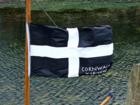 Every British country has a saint's flag, but Cornwall's has merged into being its national emblem as well.
Every British country has a saint's flag, but Cornwall's has merged into being its national emblem as well.
Whether the references are spoken in laziness or ignorance, this one flies alone. A red cross on a white background is the St George flag of England. A golden cross on a black background is the St David flag of Wales. A white, diagonally rendered cross, on a blue background, is the St Andrew flag of Scotland.
Yet nobody calls this the St Piran flag. It's always the Cornish flag.
The discrepancy appears to have been going on for a long time. As early as 1838, David Gilbert was writing in The Parochial History of Cornwall, that the 'white cross on a black background was formerly the banner of St Perran and the Standard of Cornwall; probably with some allusion to the black ore and the white metal of tin.' (Vol III, pp 332.)
What is unclear is which came first. Did the Cornish co-opt their patron saint's flag for themselves; or vice versa? There are some clues that the Cornish flag originally depicted the legendary wrestling match between local hero Corin and the giant(s) Gog Magog.
At least this is the implication given in the 16th century poem The Battaile of Agincourt by Michael Drayton. He described all of the flags and banners flown by the amassed British armies. In stanza 66, we read:
The men of [d]Surrey, Cheeky Blew and gold,
(Which for braue Warren their first Earle they wore,
In many a Field that honour’d was of olde:)
And Hamshere next in the same Colours bore,
Three Lions Passant, th’ Armes of Beuis bould,
Who through the World so famous was of yore;
A siluer[e] Tower, Dorsets Red Banner beares;
The Cornishmen two Wrestlers had for theirs.
If this is then compared with Drayton's introduction to Cornwall in Poly-Oblion, then it's undoubtedly Corin and Gog Magog who are on that flag.
So what happened to them?! Of course, this is a poet (an extremely long-winded poet prone to artistic licence) writing in 1628. It is not an actual eye-witness account from over 200 years previously.
Moreover, a quick search of every other flag mentioned in that stanza does not bear fruit. Neither Surrey, Hampshire nor Dorset seem to have banners thus described. Nor do any of the counties in the subsequent stanzas match their Drayton determined emblems.
The trouble is that no-one before Gilbert mentions St Piran's Cross; and no-one before Drayton alludes to a Corin and Gog Magog banner. Since then, the latter has only been noted by quoting Drayton; while the former has moved swiftly out of the hands of the saint and into the grasp of a nation.



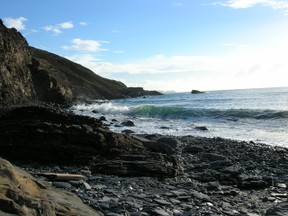 Dark, rugged and hauntingly beautiful, the coastline of Cornwall is still visited by thousands of tourists every year.
Dark, rugged and hauntingly beautiful, the coastline of Cornwall is still visited by thousands of tourists every year.


 Every British country has a saint's flag, but Cornwall's has merged into being its national emblem as well.
Every British country has a saint's flag, but Cornwall's has merged into being its national emblem as well.
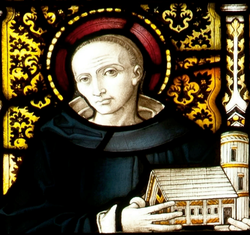 This should have been the easy part. The conversion of Britain from Paganism into Christianity is very well documented.
This should have been the easy part. The conversion of Britain from Paganism into Christianity is very well documented.




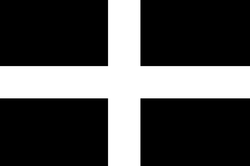

 St Tydecho's Churches in West Waleson 09/03/2014
St Tydecho's Churches in West Waleson 09/03/2014
 Goodies for an Outlander Premiere Partyon 03/06/2015
Goodies for an Outlander Premiere Partyon 03/06/2015
 Holocaust Memorial Day Interview with Rainer Höss, Grandson of Rudolf Architect of Auschwitzon 01/24/2015
Holocaust Memorial Day Interview with Rainer Höss, Grandson of Rudolf Architect of Auschwitzon 01/24/2015
 Romantic Valentine Gifts for an Outlander Fanon 01/16/2015
Romantic Valentine Gifts for an Outlander Fanon 01/16/2015

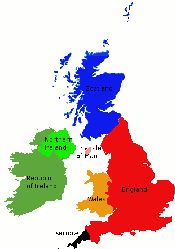
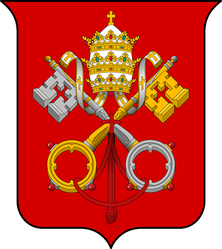
Comments
Thank you. It really surprised me that there's not more on him. The ecclesiastic history of this time is very well documented.
Hiya! I love that you actually did come and have a look at my article about this. Thanks for your comment.
Interesting thought on Ap Erin. Makes sense to me.